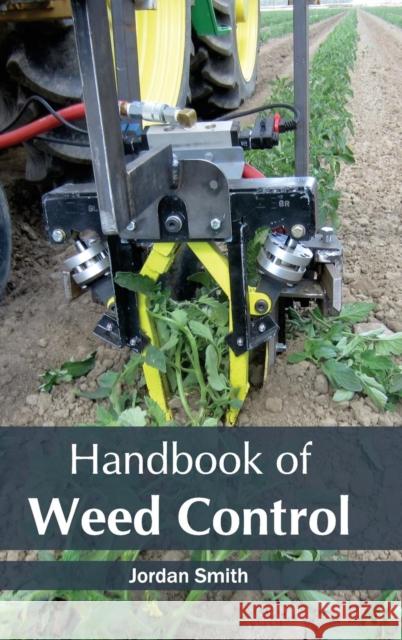Handbook of Weed Control » książka
Handbook of Weed Control
ISBN-13: 9781632394163 / Angielski / Twarda / 2015 / 278 str.
The aim of this book is to educate the readers regarding the various techniques of weed control with the help of extensive information. Agricultural managers have been facing the problem of crop loss because of weeds ever since the first farming systems were developed. Over the course of the last century, significant progress has been made in order to minimize weed intrusion in crop settings with the help of efficient yet mostly non-sustainable weed control methodologies. With the commercial introduction of herbicides in the mid 1900's, developments in chemical weed control strategies have helped in effective suppression of a wide range of weed species for most agricultural practices. Presently, due to the need to design efficient sustainable weed management systems, research has been further pushing its boundaries regarding investigation on unified weed management options comprising of mechanical, cultural as well as chemical practices. The contributions made by authors in this book elucidate important topics of research which evaluate several options that can be utilized for establishing efficient and sustainable weed management systems for numerous areas of crop production.
The aim of this book is to educate the readers regarding the various techniques of weed control with the help of extensive information. Agricultural managers have been facing the problem of crop loss because of weeds ever since the first farming systems were developed. Over the course of the last century, significant progress has been made in order to minimize weed intrusion in crop settings with the help of efficient yet mostly non-sustainable weed control methodologies. With the commercial introduction of herbicides in the mid 1900s, developments in chemical weed control strategies have helped in effective suppression of a wide range of weed species for most agricultural practices. Presently, due to the need to design efficient sustainable weed management systems, research has been further pushing its boundaries regarding investigation on unified weed management options comprising of mechanical, cultural as well as chemical practices. The contributions made by authors in this book elucidate important topics of research which evaluate several options that can be utilized for establishing efficient and sustainable weed management systems for numerous areas of crop production.











